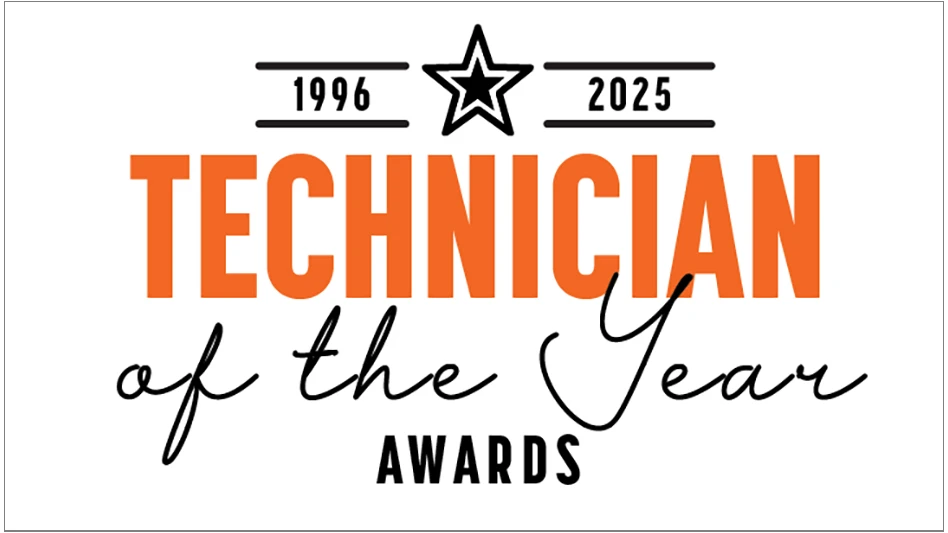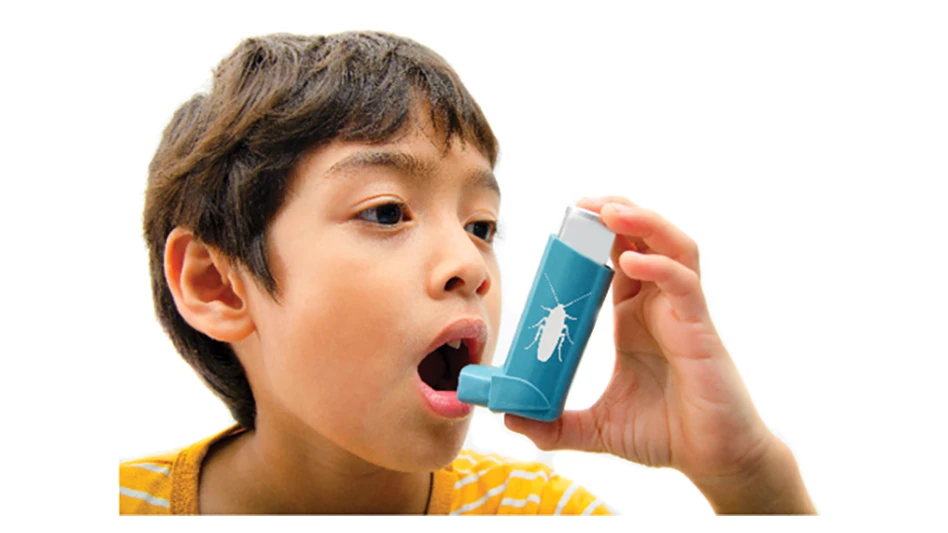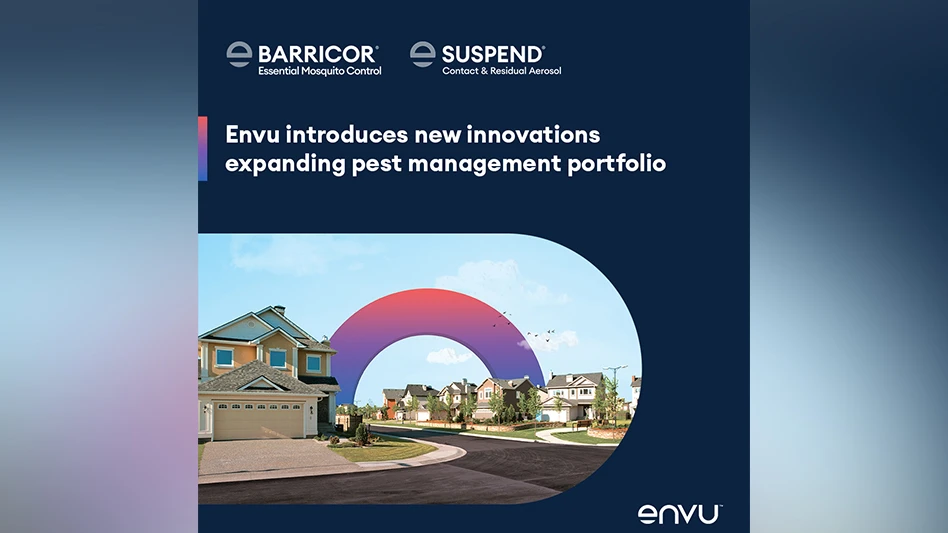
Editor’s note: Suppliers and PMPs, if you have a bed bug-related news item or product you’d like to have highlighted in an upcoming issue, please send a press release and a high-resolution photo to jdorsch@gie.net.
Bed Bug Handbook 2nd Edition Now Available

Now available from Techletter.com is the second edition of “Bed Bug Handbook: The Complete Guide to Bed Bugs and Their Control,” written by Larry Pinto, Richard Cooper and Sandy Kraft.
The first edition of the Bed Bug Handbook was published 14 years ago, early in the bed bug resurgence in the U.S. and around the world. At that time, many of the available insecticides, devices and methods simply did not work very well against bed bugs. Because the Bed Bug Handbook provided effective and practical step-by-step guidance for preventing infestations and dealing with bed bug outbreaks, the book became an essential reference for pest management professionals.
Science and technology related to bed bugs and their control have advanced greatly in 14 years. This hardcover second edition of the Bed Bug Handbook recognizes that. It is a complete and up-to-date guide about bed bugs and their control today. The handbook presents practical, how-to advice along with credible scientific information and evaluations. When discussing a particular control tactic, tool, protocol or practice, the authors include discussions and references and briefly present any research findings, good or bad, to help professionals make the best choice.
The authors say the Bed Bug Handbook is an essential resource for pest management professionals and others interested in bed bugs and their control. Greatly expanded since the first edition, the new edition of the Bed Bug Handbook has 375 pages and is fully illustrated, including 290 color photographs.
The new Bed Bug Handbook can be ordered at https://techletter.com/bed bugalert.html.
Allergy Technologies: New Program Cuts Bed Bug Incidents in Affordable Housing

Allergy Technologies says it has created a program that significantly reduces hard-to-eradicate bed bugs among the country’s most at-risk residents with benefits for a broad range of stakeholders.
Allergy Technologies’ Affordable Housing Control and Prevention Program for bed bugs (ATAHC, pronounced “attack”) is a two-year program launched in a major urban affordable housing community in Philadelphia to address its bed bug problem.
Allergy Technologies says highlights of the ATAHC study results after one year include:
- Greater than 97 percent of residential units had no bed bug reintroductions.
- Facility managers realized a bed bug-related expense reduction of more than 35 percent in year one, with greater savings expected in year two.
- Facility residents and staff experienced a 40 percent reduction in contact time with PMPs.
Before implementing the ATAHC Program, the 470-unit affordable housing facility used for the study reported more than 80 bed bug incidents annually, Allergy Technologies says.
ATAHC is an affordable and sustainable model of control and prevention of bed bugs designed for affordable housing by Allergy Technologies, the company says. According to Gus Carey, founder and managing director for Allergy Technologies, “The residents of affordable housing are now primed to have their lives changed due to our groundbreaking ATAHC program.”
Allergy Technologies says ATAHC is distinguished from other approaches by incorporating an initial facility-wide screening and subsequent treatment of infested residential units, immediately lowering the bed bug population. The installation of long-acting, preventive measures property-wide ensures that the bed bug population stays under control, the company adds.
“Early detection and intervention are core tenets of the ATAHC program,” says Joseph Latino, president of Allergy Technologies, “but a key component of the program’s success comes from having our ATAHC team work collaboratively with residents, property management and professional pest control providers.”
According to the company, the building manager has experienced significant improvement in operating efficiencies driven by the reduction in day-to-day disruption from tenant complaints and frequent service technician visits.
“Current treatment strategies are not working,” Latino says. “Bed bug infestations continue to rise across the country, especially in community housing environments. We find this unacceptable, especially for residents, whose quality of life is being severely impacted. We had the means to address this and developed the ATAHC program, which has exceeded even our expectations.”
“Philadelphia being one of the country’s most bed bug-infested cities did not sit well with us,” says Gus Carey, whose company is based just outside of the city. Carey donated more than $100,000 worth of ActiveGuard mattress liners to the Philadelphia Housing Authority building complex.
“We are touched by the positive responses from residents and staff at the Philadelphia facility and so appreciate the support and encouragement of Philadelphia City Councilmember Mark Squilla and assistance of entomologist Dr. Jim Ballard,” Carey says. “Together, we have been able to provide a solution to a huge unmet need in an environment that desperately needs effective bed bug prevention. Our expectation is this novel strategic program, which has saved money while significantly improving quality of life for the residents and staff, will be replicated in affordable housing communities and other multi-occupant dwelling environs throughout the U.S.”
In a press release, Latino noted the support of several companies that helped make the program a success. Corbett Exterminating, a pest control company with experience in affordable housing, implemented the program with Allergy Technologies. Key K9, Rockwell Labs, Bayer Environmental Science, Target Specialty Products and MGK made product donations to support the effort, Allergy Technologies reported.
For more details, visit www.allergytechnologies.com.
EcoRaider Rebrands the Company as EcoVenger
This spring, the EcoRaider plant-based professional pest control product line rebranded under the EcoVenger name.
Since 2012, Reneotech, North Bergen, N.J., has provided plant-based, commercial-grade pest control formulas to PMPs under the brand name EcoRaider, available on ecoraiderpmp.com and carried by pest control product distributors.
The company says its products, ER-22, ER-3 and RTU, are known for eradicating the toughest insect pests while posing minimal adversarial impact to the operator and environment. The products can be used to control bed bugs, ants, spiders, roaches and mosquitoes.
“As a green product, it not only outperforms top-grade chemical pesticides, but also provides solutions for pesticide-resistance issues that have confounded the industry for decades,” said Trinity Brenniser, spokesperson for EcoVenger.
Under the new brand name EcoVenger, the company said it will remain a leader, educator and innovator of green and sustainable solutions in the pest management industry. It will maintain its commitment to develop high-performing, environmentally sound pest solutions and fine-tune its product lines for improved end-user experience, the firm added.
“The new brand name EcoVenger will be an improved representation of the company’s ongoing promise to continue delivering naturally effective pest control products for professionals,” Brenniser said.
WANT MORE?
Enter your email to receive our newsletters.

Explore the September 2021 Issue
Check out more from this issue and find your next story to read.
Latest from Pest Control Technology
- How to Get Rid of Odorous House Ants
- Massey Services Promotes Herndon to Director of Sales for Multi-Family Division
- NPMA Announces First Recipients of NPMA PRO Certified Credential
- Pestmaster of the Hudson Valley Acquires Catskill Animal Damage Control
- Photo Slideshow: Ant Identification Tips
- Video: Top 10 PCT Photo Contest Finalists
- UF/IFAS Study Reveals Boats as Perfect Vessels for Global Termite Spread
- Pest Control Consultants (Iowa) Earns Pinnacle Performance Award







